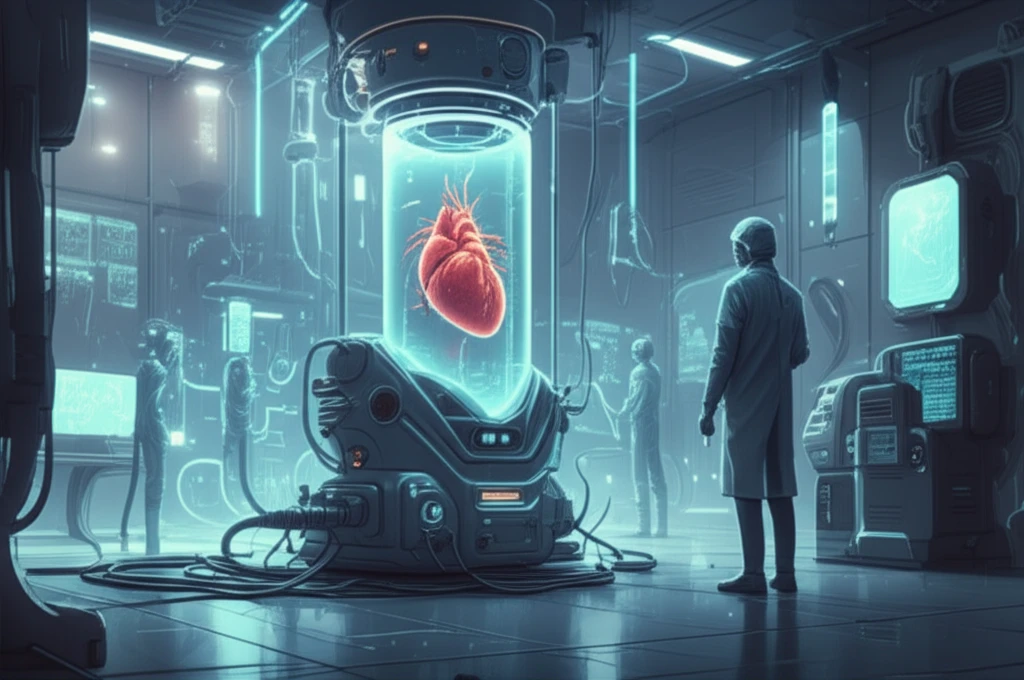
The Future is Now: How Tissue Engineering is Revolutionizing Medicine
"Explore how regenerative medicine is paving the way for innovative treatments, offering hope for repairing tissues and organs."
The field of medicine is constantly evolving, with researchers pushing the boundaries of what's possible in treating diseases and injuries. One of the most promising areas of advancement is tissue engineering and regenerative medicine. This multidisciplinary approach combines the principles of biology, engineering, and materials science to develop biological substitutes that can restore, maintain, or improve tissue and organ function.
Imagine a world where damaged tissues and organs can be repaired or replaced with engineered constructs grown in the lab. This is the vision driving researchers in tissue engineering and regenerative medicine. By combining cells, biomaterials, and growth factors, scientists are creating innovative therapies that have the potential to transform healthcare.
The Journal of Tissue Engineering and Regenerative Medicine is at the forefront of this exciting field, publishing cutting-edge research on the latest advances in tissue engineering and regenerative medicine. From developing new biomaterials and scaffolds to exploring the use of stem cells and bioreactors, the journal covers all key aspects of this rapidly evolving area.
What is Tissue Engineering and Regenerative Medicine?

Tissue engineering and regenerative medicine is a multidisciplinary field that seeks to repair or replace damaged tissues and organs using a combination of cells, materials, and growth factors. This approach holds immense potential for treating a wide range of conditions, from chronic diseases to traumatic injuries.
- Cells: The building blocks of tissues and organs. Stem cells, progenitor cells, and differentiated cells can be used in tissue engineering.
- Biomaterials: Materials used to create scaffolds that support cell growth and tissue formation. These materials can be natural or synthetic.
- Growth Factors: Molecules that stimulate cell proliferation, differentiation, and migration.
- Scaffolds: Three-dimensional structures that provide a template for tissue formation. Scaffolds can be designed to mimic the natural extracellular matrix of tissues.
The Future of Tissue Engineering and Regenerative Medicine
Tissue engineering and regenerative medicine hold immense promise for the future of healthcare. As research continues to advance, we can expect to see even more innovative therapies emerge that can repair or replace damaged tissues and organs. This field has the potential to revolutionize medicine and improve the lives of millions of people worldwide.
